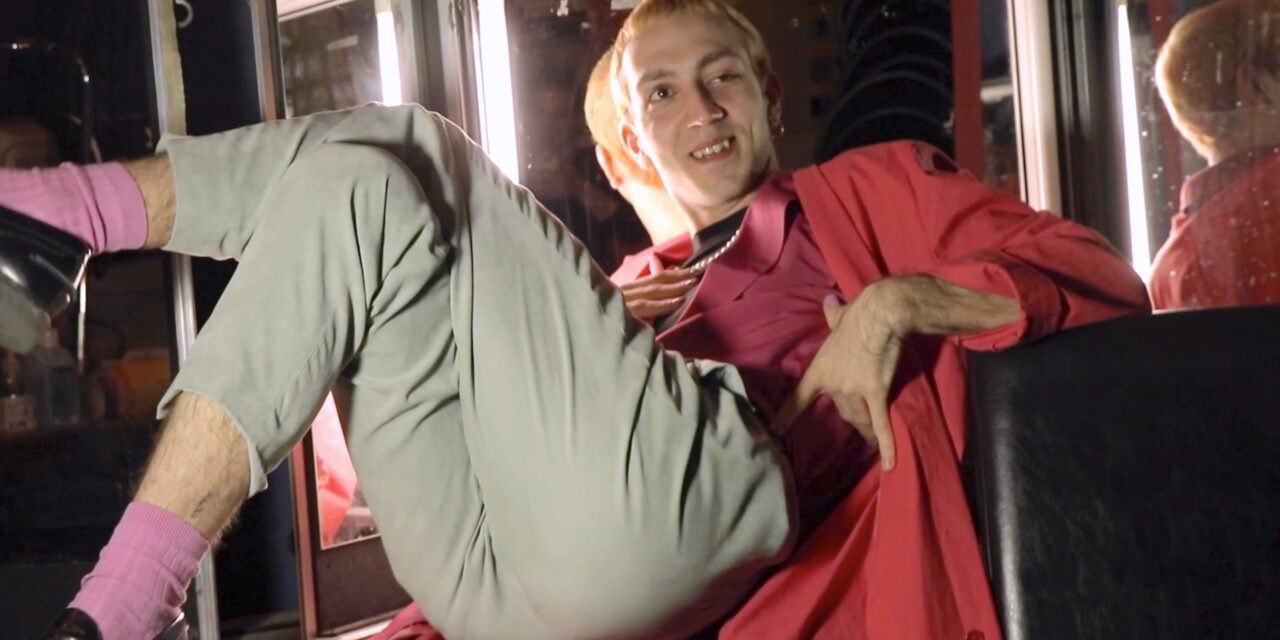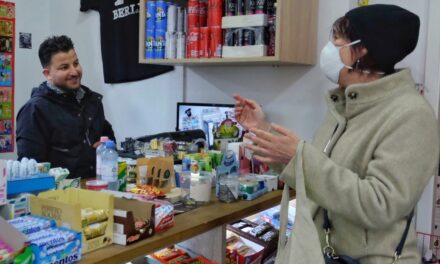Berlin has long been known as the most vibrant and gay-friendly city within Europe. In the golden 1920´s the gay culture flourished and the city was the Gay Capital of Europe. Berlin’s rich history contains the first gay museum which opened in 1985 – discovering gay and lesbian history, art, and culture. Berlin has become a haven and refuge for gays and lesbians with it’s diversity. Even today, The Global LGBTQ+ Directory states, that nowhere does the queer community shape the cityscape as much as in Berlin. However, Berlin experiences a rising number in hate crimes against LGBTQ+ people.
The biggest organisation for queer people in Germany is the Gay and Lesbian Association of Berlin and Brandenburg, LSDV. Christopher Schreiber, managing director of LSDV elaborates why we see a rise of acts against sexual orientation in Berlin:
“ We have this narrative that people say they don’t feel safe anymore and that a few years ago they felt safer in Berlin. ”
However, the views are split. On one side, there are people who have not experienced any negative change. But on the other side, there are people within the queer community, who feel less safe in Berlin. Both views need to be respected and taken into account.
As an example of one of the sides, Christopher Schreiber describes how some drag queens say that five years ago they would go by public transportation to a concert or an other event. But today, they would not do that anymore. Instead they would take a taxi or an Uber.
Not all have negative experiences. To comedian Luize Beča, who identifies herself as queer, being a part of the queer community in Berlin has been very positive:
“Here I don’t really have to pretend. For me it’s done wonders. But I know it’s not the same for everyone. The community is so big and there’s so many stories, there is so much going on.”
Christopher Schreiber tries to understand whether there is really a rise in homophobic violence and what the narrative of not feeling safe anymore in Berlin means. He explains:
“The numbers are high and have been high. But Berlin is one of the very few states in Germany that actually has a statistic about homophobic and transphobic violence.”
To enumerate, there have been one to two reported violence cases against trans- and homophobic people each day in Berlin. In 2021 the number reached its highest, with over 400 reported cases compared to 2020 with 372 cases, according to MANEO an organisation for the gay anti-violence project in Berlin. Provided that, the willingness of people going to the police and actually reporting violence is rising. But it is still assumed that about 20 to 30% of all people experiencing acts against sexual orientation actually report it to the police.
LSDV is trying to inform people that whenever they experience homophobic and transphobic violence they should go to the police and report it. Christopher Schreiber states two reasons; queer people in Berlin need to report the assaults to get a better understanding of the reality. But also in order to prosecute the persecutor and to do something against the hate crime.
Given that, Christopher Schreiber ends:
“Probably there are more queer friendly spaces and places in Europe.“
With the LSDV organisation he fights to sensibilise the society in Berlin about queer people by providing safe spaces and being active in giving LGBTQ+ people social support.
Get a better understanding of the queer community in Berlin here:




